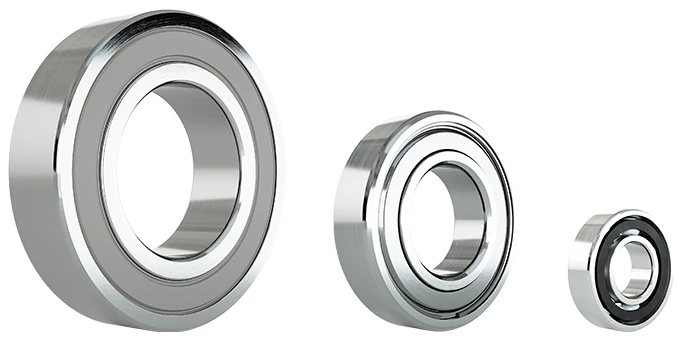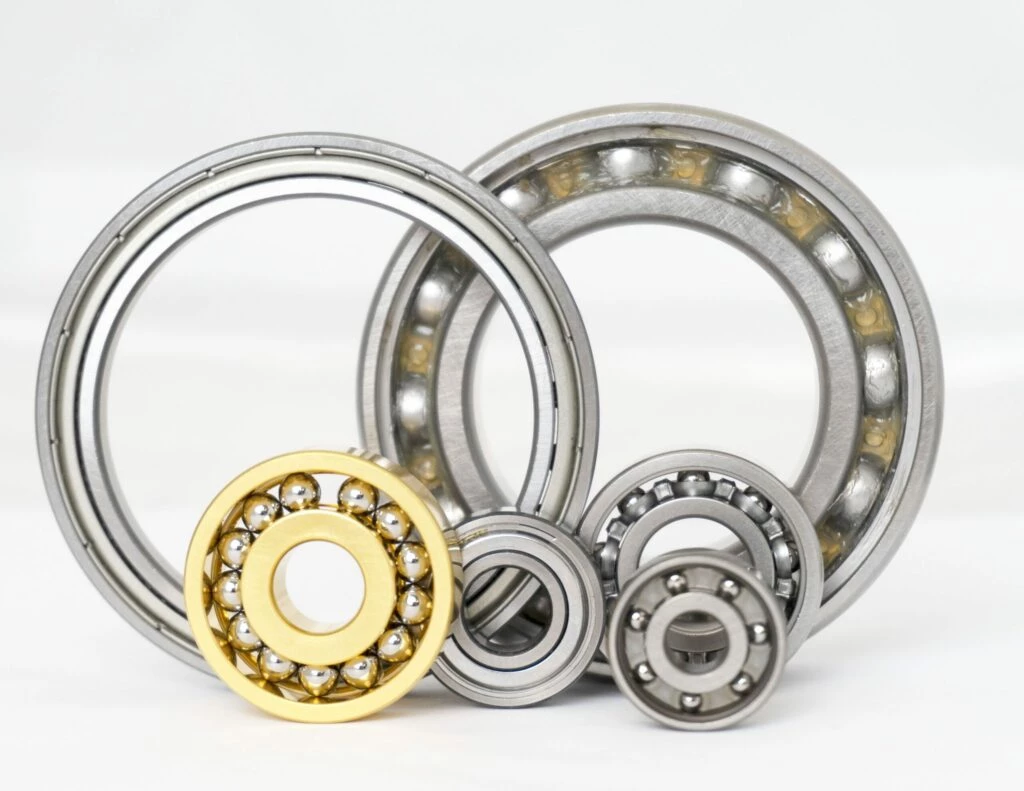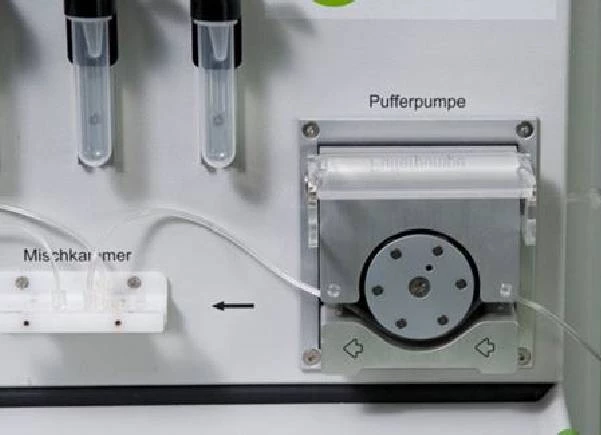












Welcome to our thin section bearings, the ultimate destination for compactness and precision in your machinery. Thin section bearings are specially designed for applications where space constraints, minimal friction, and superior accuracy are paramount. Often integrated into the core of sophisticated equipment such as precision instrumentation, satellite systems, and robotics, these bearings play an essential role in maximising the efficiency and precision of these devices.

Thin section bearings are uniquely designed components that stand out due to their slim profile. Despite their slender build, they are critical in various machines and devices across numerous industries. They serve a specific function central to these machines’ efficiency and smooth operation. Their popularity is rising due to their distinct advantages, including space-saving properties and weight-reduction capabilities. However, like any other component, these bearings require proper maintenance and care to ensure their longevity and optimal performance. This article delves into thin-section bearings, exploring their design, function, applications, benefits, and maintenance practices. Whether you’re an engineer, a technician, or simply curious about this fascinating piece of engineering, stick around to learn more about these vital yet often overlooked components.
A complete range of bearings and configurations designed to carry load, reduce friction and support rotating and oscillating systems in any application.
It’s no wonder these compact components are gaining more and more favour across various industries, given their significant advantages! Thin section bearings are gaining popularity due to their unique design, which allows for a lightweight, compact, and efficient bearing solution. This design minimises space usage, reduces weight, and increases overall system efficiency, leading to cost savings for manufacturers and improved performance for end users.
These ball bearings offer high precision and can handle high speeds and loads. They also facilitate easier and more flexible system designs. All these factors contribute to the increasing preference for thin section bearings in various applications, from aerospace and robotics to medical equipment and renewable energy systems.



IEC have a range of mechanical solutions to suit a broad spectrum of markets and applications, from aerospace to skateboards.
IEC have a range of mechanical solutions to suit a broad spectrum of markets and applications, from aerospace to skateboards.
Molestie nunc non blandit massa. Iaculis nunc sed augue lacus. Malesuada nunc vel risus commodo. Dui id ornare arcu odio ut sem nulla pharetra.
We act as partners, making our customers’ engineering challenges ours to solve, removing stress and freeing up time to turn ideas in to innovation.




Keep up to date with the latest product and technical information from IEC and its international supply partners.
Fey Laminar Seal Rings
Fuji Bearing Lock Nuts
Schnorr Load Washers

© 2024 IEC. All rights reserved.
Web Design by Atomic Digital Marketing
© 2024 IEC. All rights reserved.
Web Design by Atomic Digital Marketing










